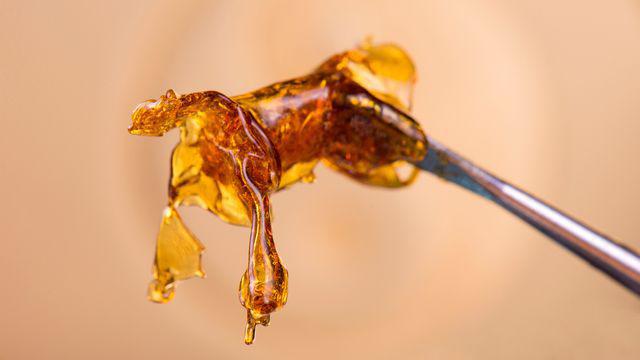
Researchers Create New CBD-Based Plastic
The next generation of sustainable bioplastics could be made from CBD, a new study suggests.
Published in ACS Applied Materials & Interfaces, researchers from the University of Connecticut and Purdue University report the creation of a new CBD-based bioplastic material. The researchers say that this is the first reported polymerization reaction to involve cannabinoids in this way.
Free-standing films made from this CBD-based bioplastic performed surprisingly well in stretch-ability tests and were able to be easily melt-processed to form detailed new shapes. In light of these properties, the researchers say this CBD-based polymer could have future applications in medical implants, food wrappers, and more.
Published in ACS Applied Materials & Interfaces, researchers from the University of Connecticut and Purdue University report the creation of a new CBD-based bioplastic material. The researchers say that this is the first reported polymerization reaction to involve cannabinoids in this way.
Free-standing films made from this CBD-based bioplastic performed surprisingly well in stretch-ability tests and were able to be easily melt-processed to form detailed new shapes. In light of these properties, the researchers say this CBD-based polymer could have future applications in medical implants, food wrappers, and more.







